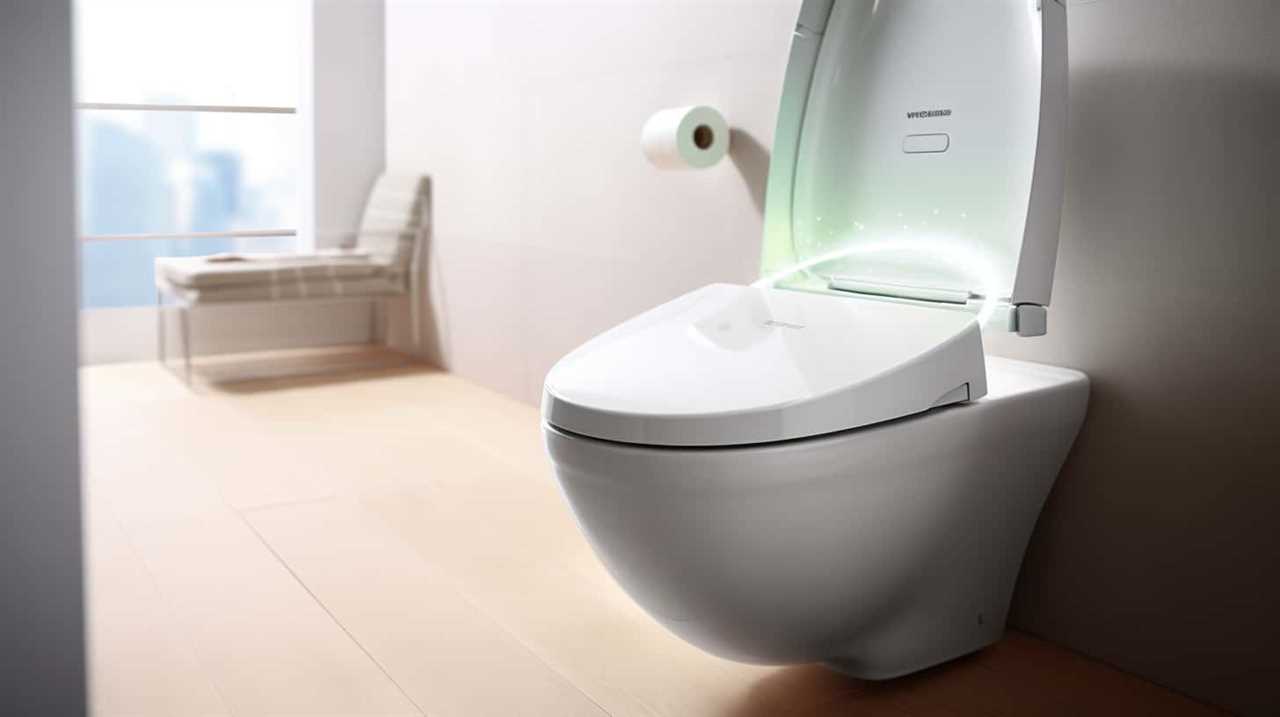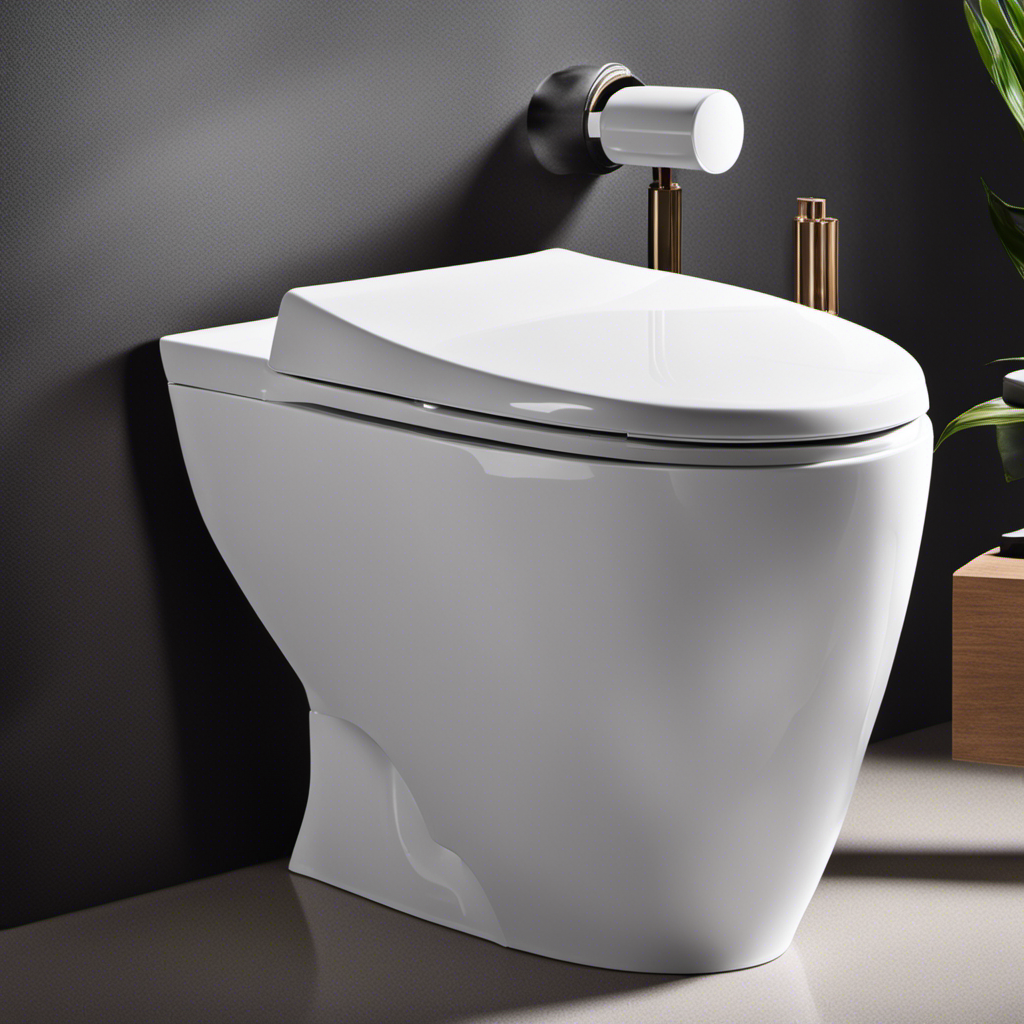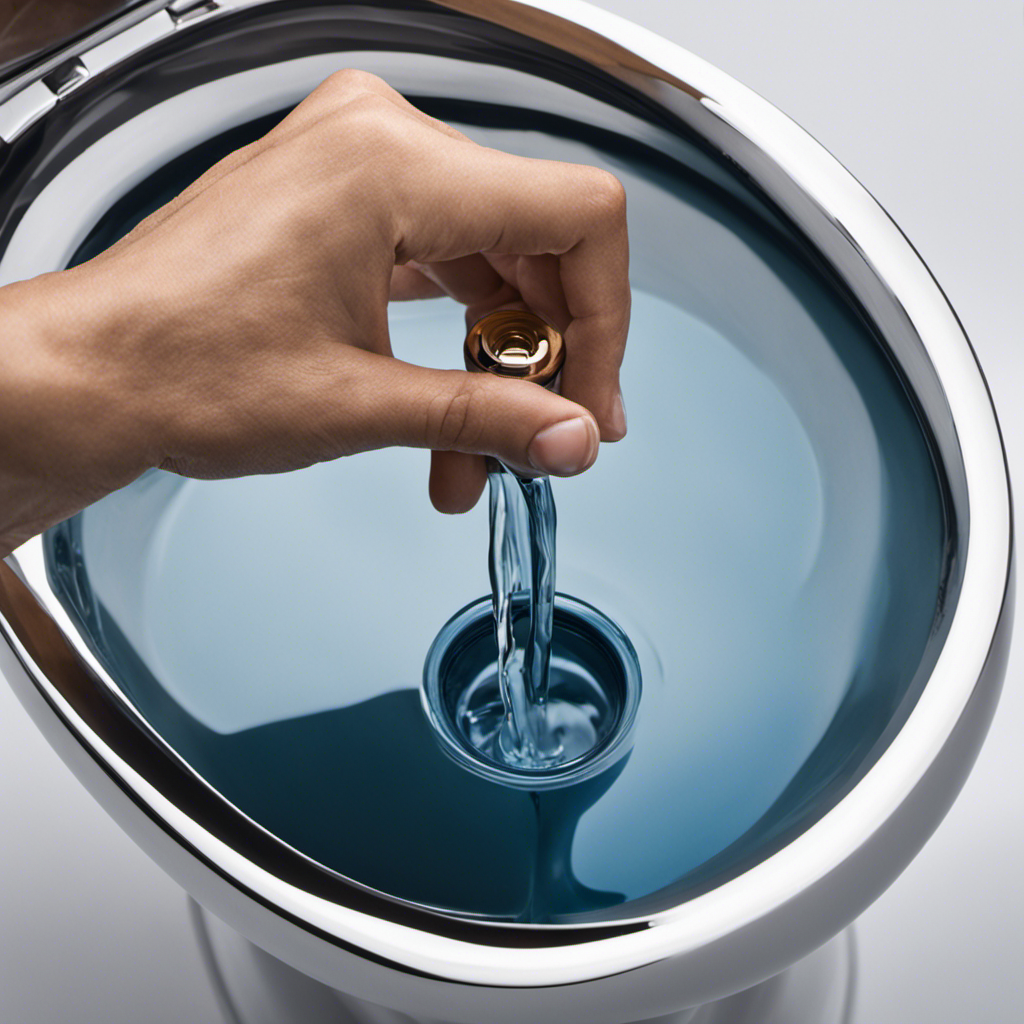Fed up with battling hair-induced pipe blockages? Worry no more! We’ve got the perfect solution for you.
In this article, we will guide you step-by-step on how to unclog your hair from a pipe. From identifying the clogged pipe to using homemade drain cleaners and drain snakes, we’ll cover it all.
Get ready to master the art of unclogging hair and say goodbye to plumbing problems!
Key Takeaways
- Inspect the drain for signs of slow water drainage or unusual odors.
- Use needle-nose pliers or a drain snake to remove visible hair from the drain opening.
- Consider using hair removal products or a mixture of baking soda and vinegar to break down and remove hair.
- Regularly remove visible hair from the drain opening to prevent future clogs.
Identify the Clogged Pipe
We can identify the clogged pipe by closely inspecting the drain and observing any signs of slow water drainage or unusual odors. To locate the clogged pipe, we should start by examining the area where the drain is located. It’s important to note that clogs can occur in different sections of the pipe system, such as the P-trap, the main drain, or even in branch lines.
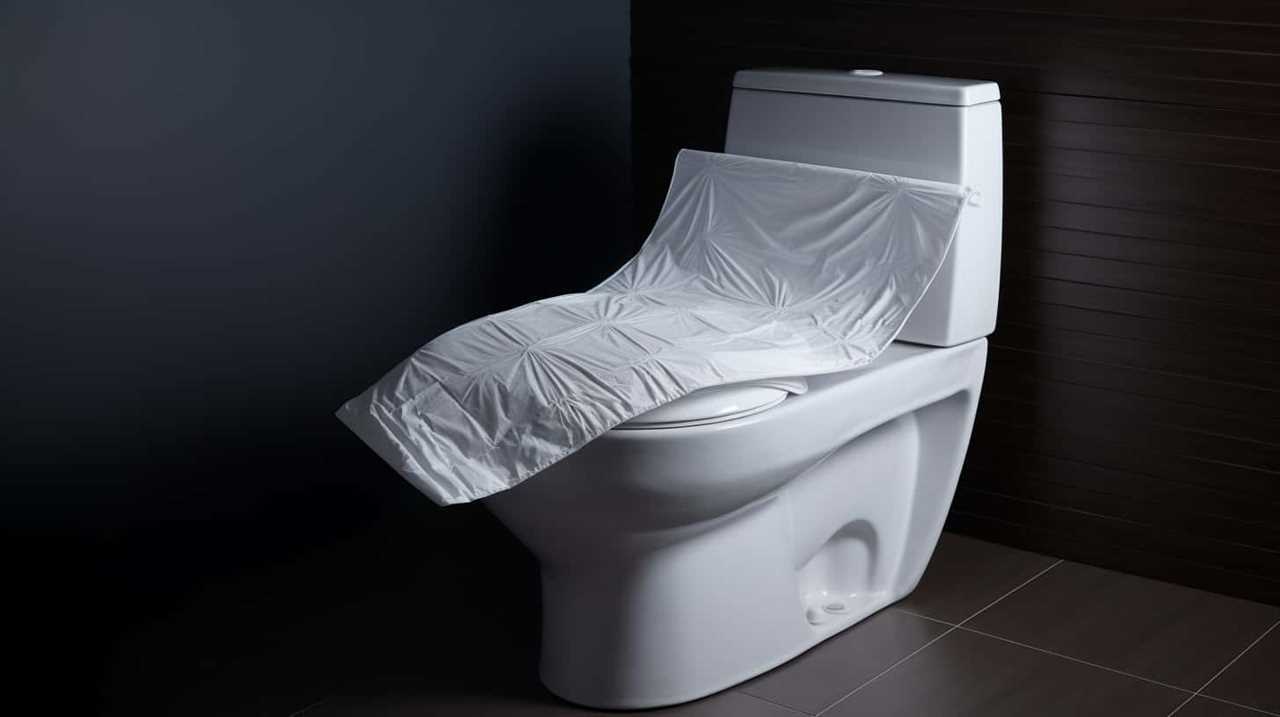
By troubleshooting common pipe issues, we can narrow down the location of the clog. If the slow water drainage or unusual odors are present in multiple drains, it could indicate a clog in the main drain. On the other hand, if only one drain is affected, the clog is likely in the branch line or the P-trap.
Identifying the pipe location is crucial for effectively unclogging the hair in a pipe.
Remove Any Visible Hair From the Drain Opening
To remove any visible hair from the drain opening, there are several techniques we can employ.
One method is to use a pair of needle-nose pliers to carefully grasp and pull out the hair.
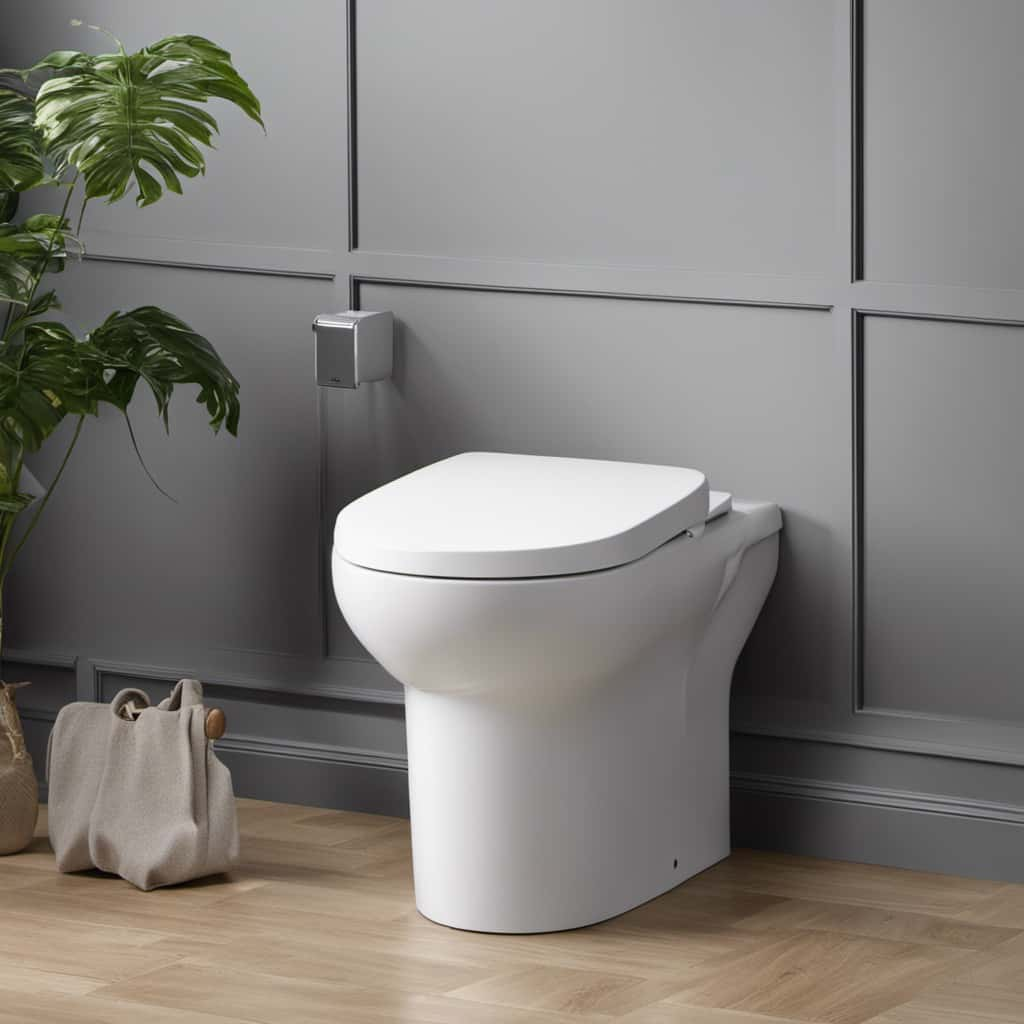
Another option is to use a drain snake or auger to physically dislodge and remove the hair.
Additionally, using a hair catcher or drain cover in the future can help prevent hair from going down the drain and causing future clogs.
Hair Removal Techniques
To remove any visible hair from the drain opening, begin by using a pair of tweezers or needle-nose pliers to carefully extract the hair. Make sure to grip the hair as close to the root as possible to avoid breakage. Gently pull the hair out in a slow, steady motion, being careful not to damage the drain or push the hair further down.
If the hair is too slippery to grip with tweezers or pliers, try using a small brush or toothbrush to loosen it before attempting to remove it.
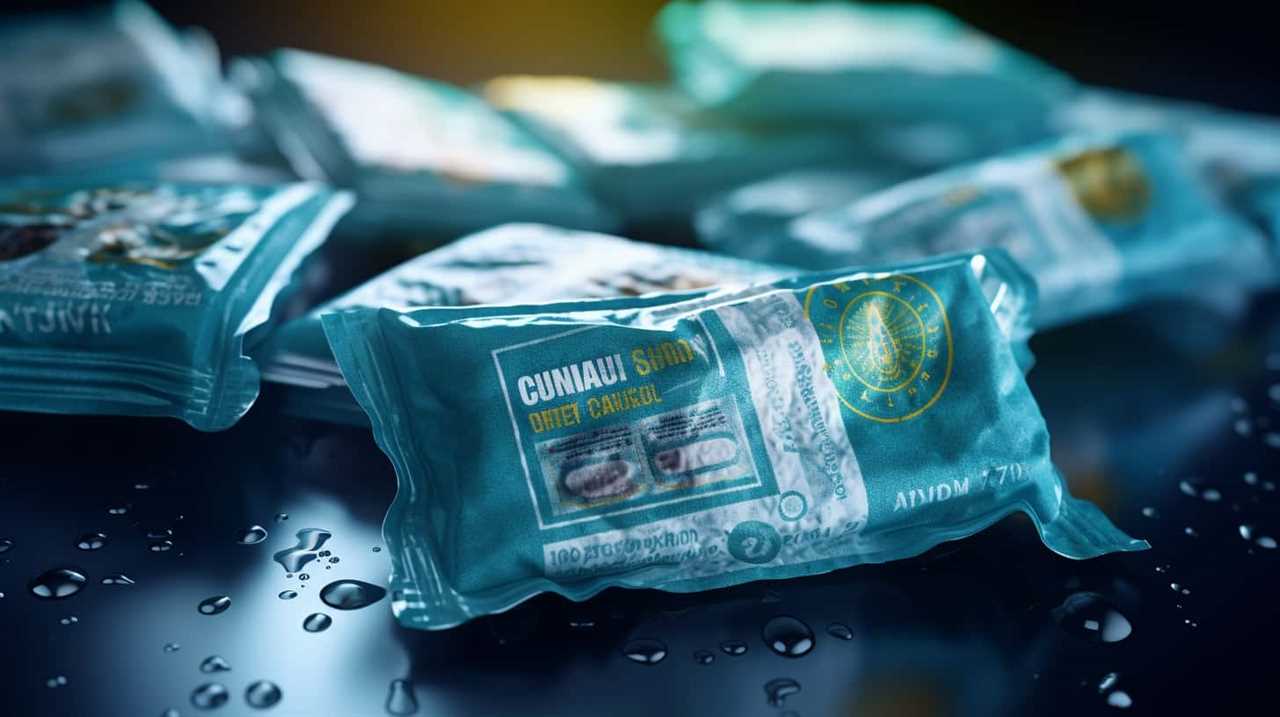
Alternatively, there are hair removal products available on the market specifically designed for this purpose. These products often contain chemicals that dissolve the hair, making it easier to remove.
However, if you prefer to use DIY hair removal methods, a mixture of baking soda and vinegar can help break down the hair and facilitate its removal.
Preventing Future Clogs
To prevent future clogs, it’s important to regularly remove any visible hair from the drain opening using tweezers or needle-nose pliers. Hair care and proper plumbing maintenance go hand in hand to ensure the smooth flow of water in your pipes.
Here are some steps you can take to prevent future clogs:
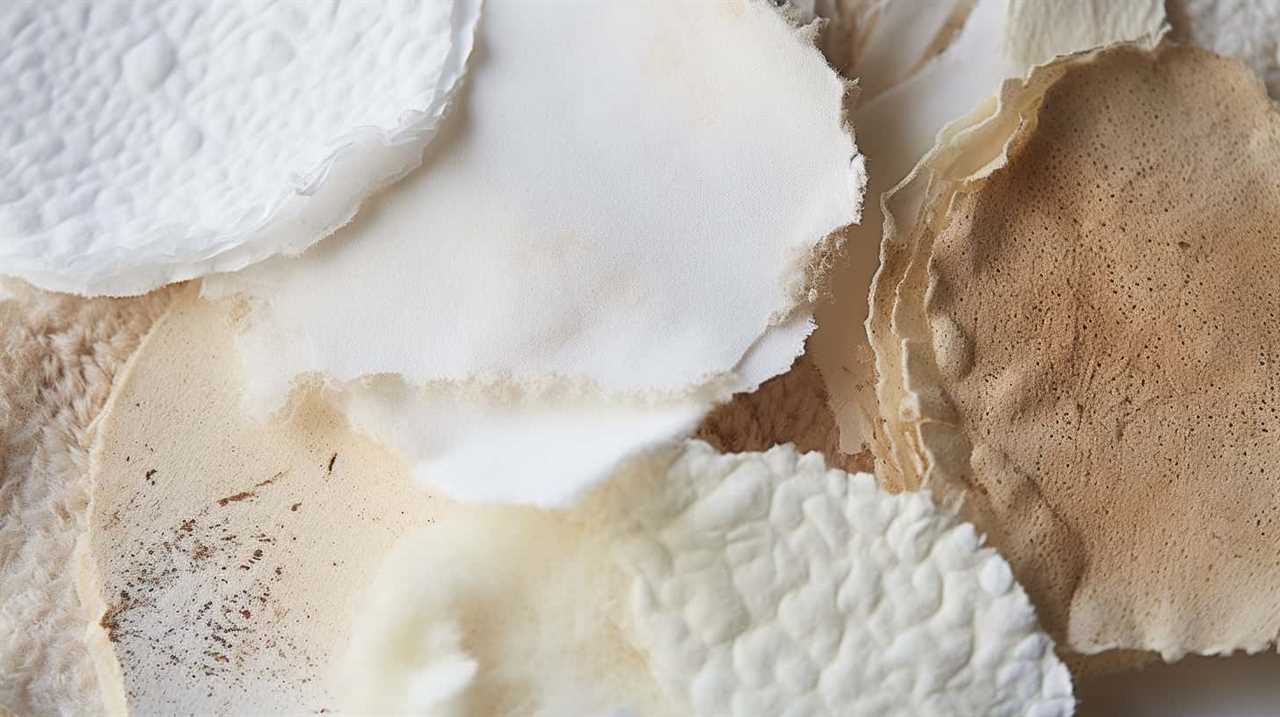
- Gently lift the drain cover or stopper to access the drain opening.
- Shine a flashlight into the drain to locate any visible hair.
- Carefully grasp the hair with tweezers or needle-nose pliers and pull it out.
- Dispose of the hair in a trash bag or bin.
- Repeat this process regularly, ideally once a week, to keep your drains clear and prevent clogs from forming.
Professional Drain Cleaning
We recommend hiring a professional to remove any visible hair from the drain opening and ensure proper drain cleaning. A professional drain inspection is essential to identify any potential issues and address them before they become major problems. Regular drain maintenance has numerous benefits, including preventing clogs, improving drainage efficiency, and prolonging the lifespan of your pipes. By investing in professional drain cleaning, you can avoid costly repairs and ensure the smooth functioning of your plumbing system.
To provide a clear picture of the benefits of professional drain cleaning, let’s take a look at the following table:
| Benefits of Professional Drain Cleaning |
|---|
| 1. Removes hair and other debris from the drain opening |
| 2. Prevents clogs and backups |
| 3. Improves drainage efficiency |
| 4. Reduces foul odors |
| 5. Extends the lifespan of your pipes |
Use a Plunger to Try and Dislodge the Hair Clog
To remove a hair clog from a pipe, we can use a plunger to try and dislodge it. Here is a step-by-step guide on how to use a plunger effectively:
- Start by filling the sink or tub with enough water to cover the plunger head.
- Place the plunger over the drain opening, ensuring a tight seal.
- Push down firmly on the plunger, then pull up quickly to create suction.
- Repeat this plunging motion several times, applying steady pressure.
- After a few attempts, check if the water starts to drain. If not, continue plunging until the clog is dislodged.
Using a plunger is a simple and effective method for unclogging hair from pipes. However, it’s important to remember that prevention is key. Regularly cleaning out drains, using drain covers, and practicing proper hair care can help prevent clogs from occurring in the first place.
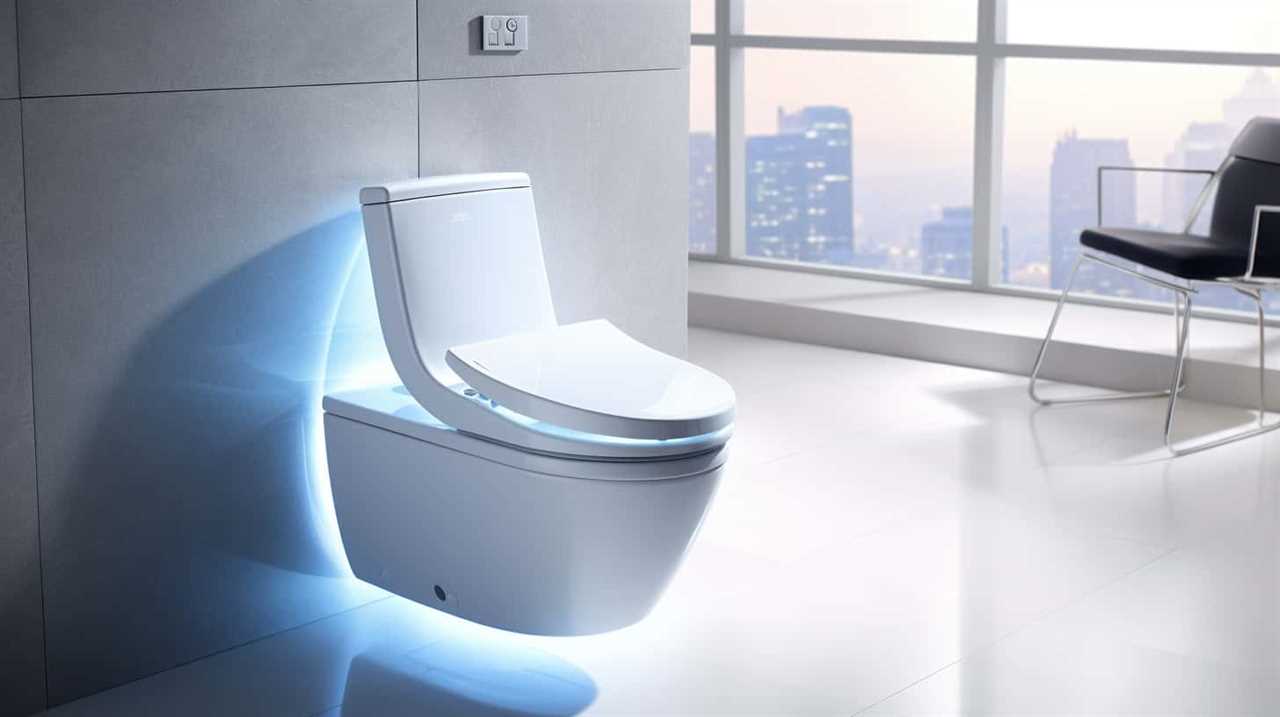
Create a Homemade Drain Cleaner Using Baking Soda and Vinegar
Using baking soda and vinegar is an effective method for creating a homemade drain cleaner to unclog hair in a pipe. This natural drain cleaning solution is safe and can be easily made at home. Here is a step-by-step guide on how to create and use this homemade drain cleaner.
- Start by pouring half a cup of baking soda down the clogged drain.
- Follow it up with one cup of vinegar.
- Immediately cover the drain with a plug or a cloth to prevent the solution from escaping.
- Let the mixture sit for about 30 minutes to allow the chemical reaction to take place.
- After 30 minutes, remove the cover and run hot water down the drain to flush away the hair clog and any remaining residue.
This simple and effective hair clog removal method using baking soda and vinegar can help keep your pipes clean and free from blockages.
Utilize a Drain Snake to Break up and Remove Stubborn Hair Clogs
To break up and remove stubborn hair clogs, a drain snake can be utilized. This effective drain cleaning technique is commonly used by professionals and can be mastered by homeowners as well. Here is a step-by-step guide to using a drain snake for hair clog prevention:
- Start by inserting the drain snake into the clogged pipe.
- Rotate the snake clockwise while pushing it further into the pipe.
- When you feel resistance, continue rotating and pushing to break up the hair clog.
- Once the clog is broken up, slowly retract the drain snake while continuing to rotate it.
- Dispose of any hair or debris that’s pulled out of the pipe.
By using a drain snake, you can effectively break up and remove stubborn hair clogs in your pipes.
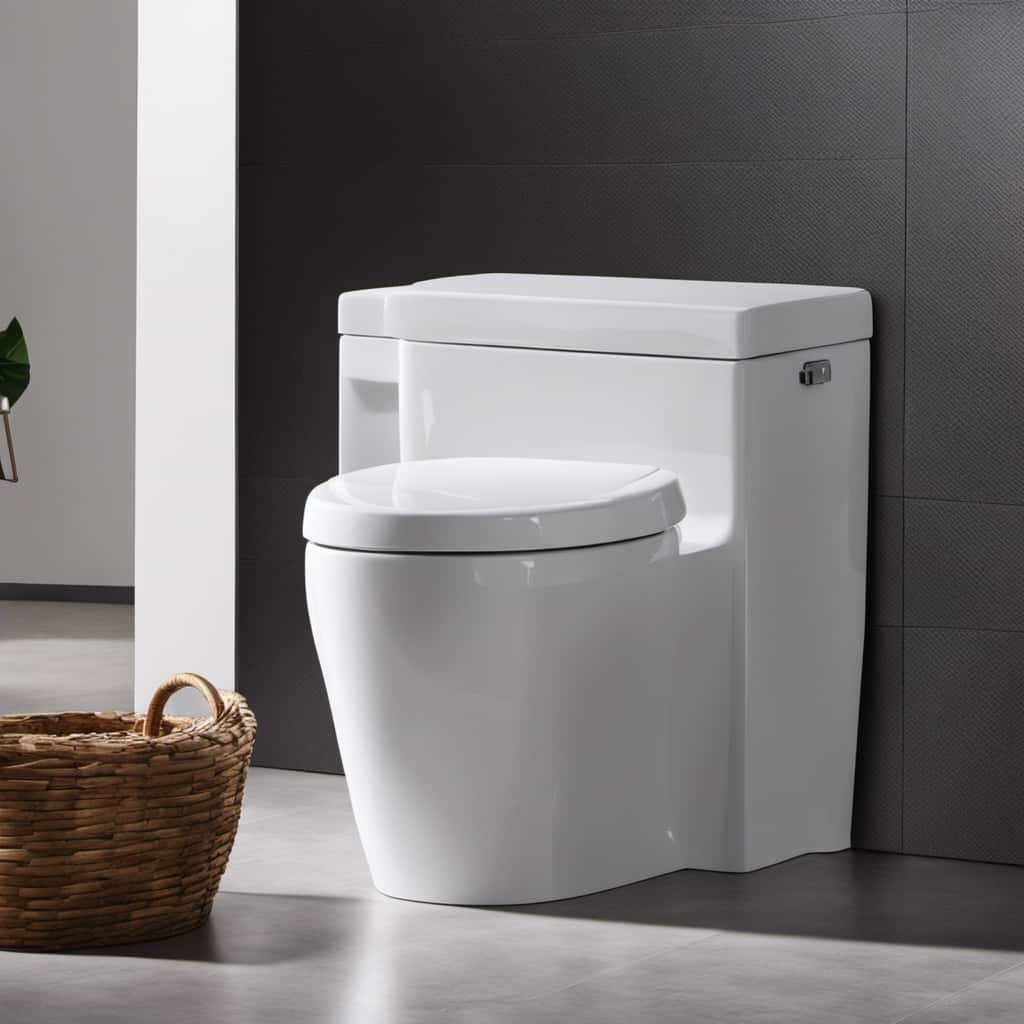
Transitioning into the next section, consider using a hair catcher or drain cover to prevent future clogs.
Consider Using a Hair Catcher or Drain Cover to Prevent Future Clogs
To prevent future clogs caused by hair in your pipes, consider using a hair catcher or drain cover. These simple devices can effectively trap hair before it has a chance to go down the drain and cause a blockage.
Hair catchers are typically placed over the drain opening, allowing water to flow while capturing hair and other debris.
Alternatively, drain covers can be installed over the entire drain, providing a barrier against hair and other potential clog-causing materials.
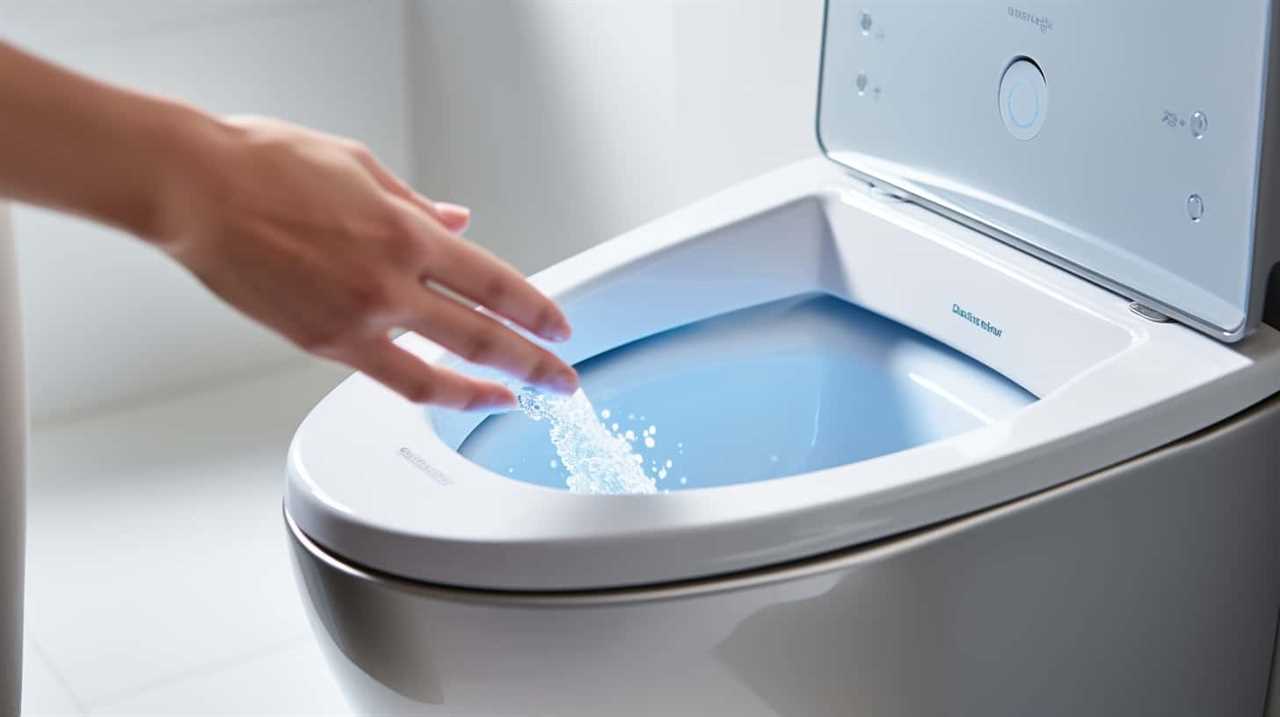
Hair Catcher Benefits
We highly recommend using a hair catcher or drain cover to prevent future clogs in your pipes. Installing a hair catcher is a simple and effective way to keep your drains clean and clear. Here are some of the benefits of using a drain cover:
- Prevents hair from entering the pipes: A hair catcher traps hair before it can go down the drain, reducing the risk of clogs.
- Easy installation: Hair catchers are typically easy to install and require no special tools or expertise.
- Cost-effective solution: Investing in a hair catcher is a small expense compared to the potential costs of hiring a plumber to unclog your pipes.
- Maintains water flow: By preventing clogs, a hair catcher ensures that water can flow freely through your pipes, preventing backups and overflows.
- Environmentally friendly: Using a hair catcher can help reduce the amount of chemicals and harsh cleaners needed to clear clogs, making it a more sustainable choice.
Alternatives to Drain Covers?
Instead of relying solely on drain covers, let’s explore other alternatives to prevent future clogs, such as using a hair catcher or drain cover. These alternatives can be effective in keeping your pipes clear from hair and debris. Let’s take a look at some DIY hair removal methods that can help you maintain a clog-free drain:
| Alternatives to Drain Covers | DIY Hair Removal Methods |
|---|---|
| Hair Catcher | Using a Drain Snake |
| Mesh Screens | Homemade Drain Cleaner |
| Zip-It Tool | Hot Water Flush |
| Baking Soda and Vinegar | Regular Maintenance |
| Plunger | Professional Plumbing Help |
Hair catchers are designed to trap hair before it enters the drain, preventing clogs from forming. Mesh screens can also be placed over the drain to catch hair and other debris. For more stubborn clogs, a drain snake or zip-it tool can be used to physically remove the blockage. Homemade drain cleaners made from baking soda and vinegar can help dissolve hair and other organic matter. Regular maintenance, such as flushing the drain with hot water, can also prevent clogs from forming. If all else fails, using a plunger or seeking professional plumbing help may be necessary.
Opt for Professional Plumbing Services for Severe or Recurring Hair Clogs
For severe or recurring hair clogs, it’s often necessary to regularly seek the assistance of professional plumbing services. While there are various hair clog removal techniques that can be attempted at home, such as using a drain snake or a mixture of baking soda and vinegar, these may not always be effective for stubborn or persistent clogs.
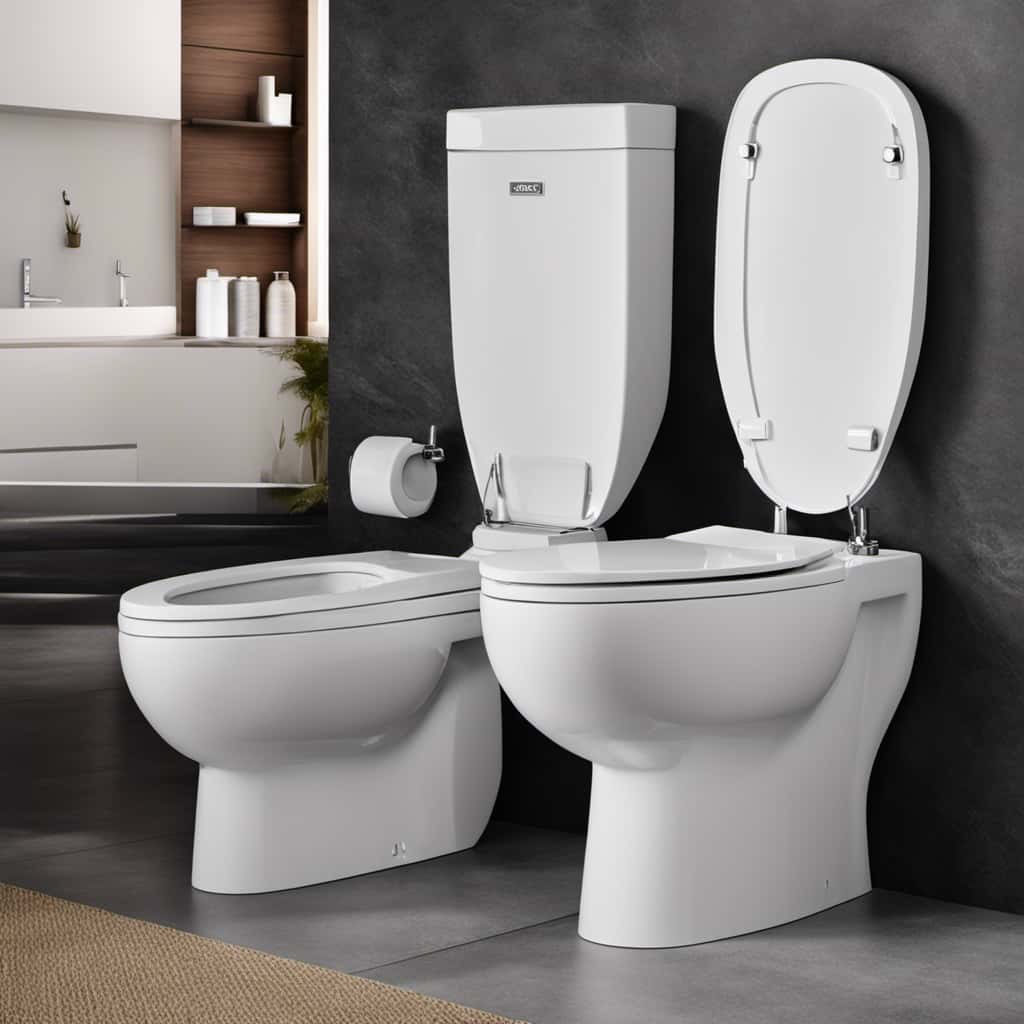
Opting for professional drain cleaning offers several benefits:
- Expertise: Professional plumbers have the knowledge and experience to identify the root cause of the clog and use the most appropriate method to remove it.
- Advanced Tools: Plumbers have access to specialized tools and equipment, such as high-pressure water jets or video inspection cameras, which can effectively clear hair clogs.
- Preventive Maintenance: Regular professional drain cleaning can help prevent future hair clogs by removing any accumulated debris or buildup in the pipes.
- Time and Cost Savings: While professional services may come at a cost, they can save you time and money in the long run by efficiently resolving severe or recurring hair clogs.
- Peace of Mind: Knowing that a professional has thoroughly cleared your pipes can provide peace of mind and minimize the risk of future plumbing issues.
Maintain Your Pipes Regularly to Prevent Hair Clogs in the Future
To prevent future hair clogs in your pipes, it’s important to regularly maintain them using preventive measures. By adopting a proactive approach, you can avoid the hassle and expense of dealing with clogged pipes caused by hair buildup. Here are some key steps to help you maintain your pipes and prevent hair clogs in the future:
- Install drain covers or screens: These devices act as barriers, catching hair before it enters the pipes.
- Regularly clean drain covers or screens: Hair and other debris can accumulate on these covers over time. Cleaning them regularly will ensure they continue to effectively prevent clogs.
- Use a drain cleaner: Periodically using a drain cleaner specifically designed to dissolve hair can help prevent buildup and keep your pipes clear.
- Flush with hot water: Once a month, pour hot water down the drain to help dissolve any hair that may have accumulated.
Conclusion
In conclusion, by following these step-by-step techniques, you can effectively unclog hair from your pipes.
From identifying the clogged pipe to utilizing homemade drain cleaners and drain snakes, you have the tools to tackle stubborn hair clogs.
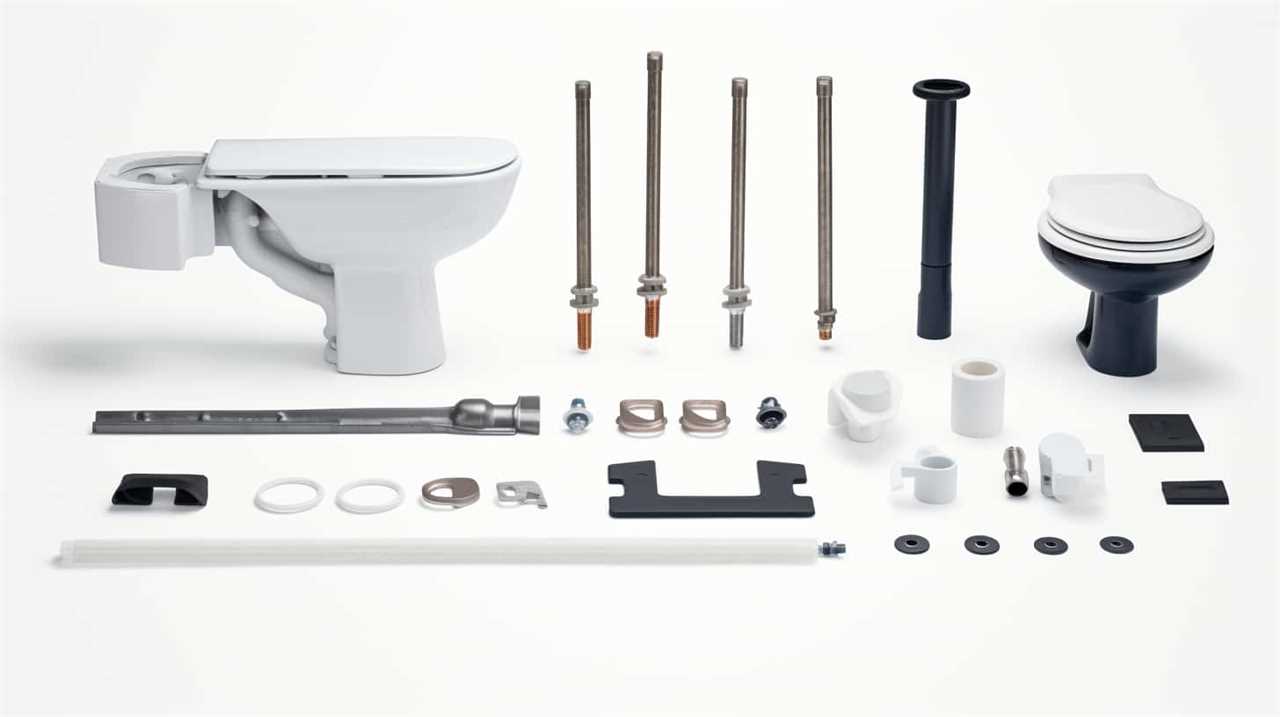
Additionally, considering preventative measures like hair catchers and regular pipe maintenance can help prevent future clogs.
If the clog persists or becomes severe, professional plumbing services are recommended.
With these strategies, you can keep your pipes free from hair clogs and maintain a smoothly flowing plumbing system.

